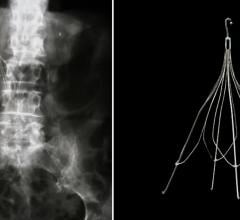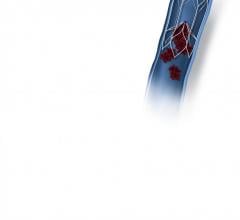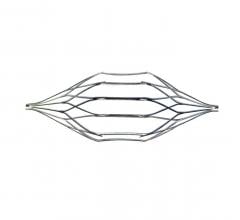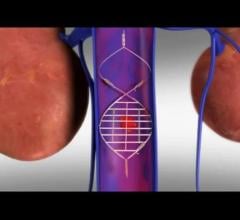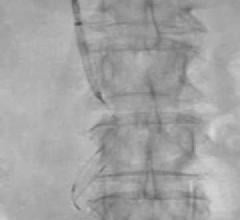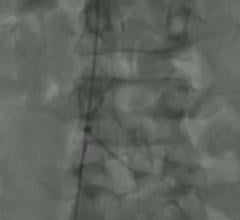
July 21, 2009 – Total procedures performed in angio labs from 2004 to 2008 grew 20 percent, from 4 million in 2004 to 4.8 million procedures in 2008 for hospitals with 150 plus beds, resulting in an average annual growth rate of 4-5 percent, according to a recent report released by IMV.
According to IMV’s recent census of angio labs in the U.S., an estimated 4.8 million procedures were performed at 1,720 angio lab sites in 2008, including noncoronary vascular angiographic and other procedures performed in the angio labs.
“Angio lab procedure volume has grown steadily as the procedure mix has broadened to include a variety of peripheral vascular and other noncoronary angiographic procedures,” observed Lorna Young, senior director, Market Research. “From 2004 to 2008, the number of angioplasties, stent placements, IVC filter placements, embolizations and PICC lines/vascular access procedures has contributed to the overall increase of procedures performed in angio labs. We also see that angio labs are accommodating increased numbers of procedures such as vertebroplasties, biopsies and RF tumor ablations.”
“Concurrent with this steady procedure growth, the market outlook over the next two to three years looks positive, as hospitals seek to retool their older angio labs. While the market for angio labs has experienced a slowdown over the past year, over one-third of the hospitals with 150-plus beds are planning to purchase labs from 2009 to 2011 and beyond, and about 90 percent of the planned angio lab purchases will have flat panel image digital detectors.”
Other report highlights from IMV’s 2008/09 Interventional Angiography Lab Market Summary Report include:
• 51 percent of the angio lab sites had one room, 30 percent had two rooms, and 19 percent had three or more rooms.
• The average replacement cycle for angio rooms is 11.5 years.
• Just under half (49 percent) of the angiography sites report waiting times for a non-emergency procedure of less than one day, 10 percent report waiting times of one day, 23 percent report one to two days, and 18 percent report waiting times of two days or more.
• In addition to interventional radiologists using the angio suite, vascular surgeons are the second most likely physician type to be using angio labs, performing procedures in over half of the sites.
For more information: www.imvinfo.com

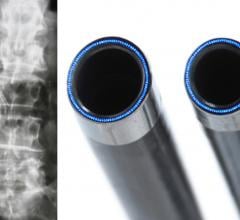
 July 27, 2021
July 27, 2021 
